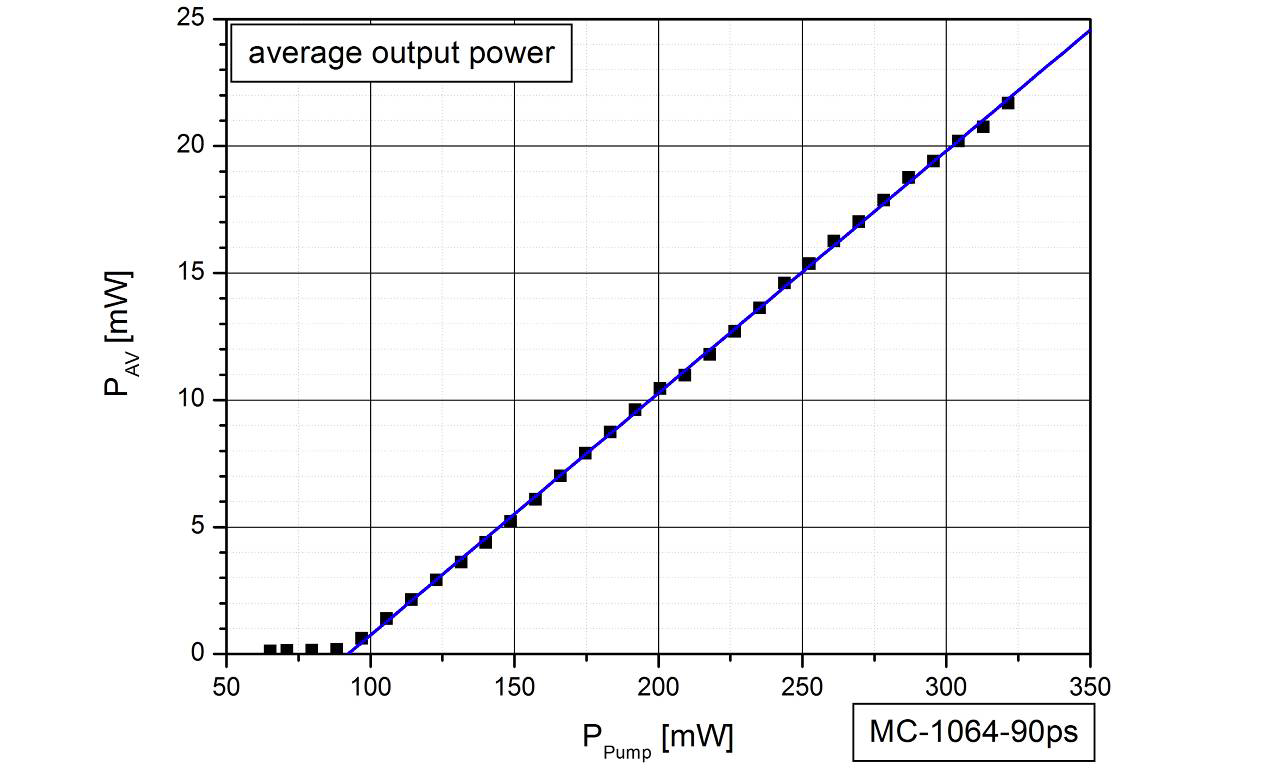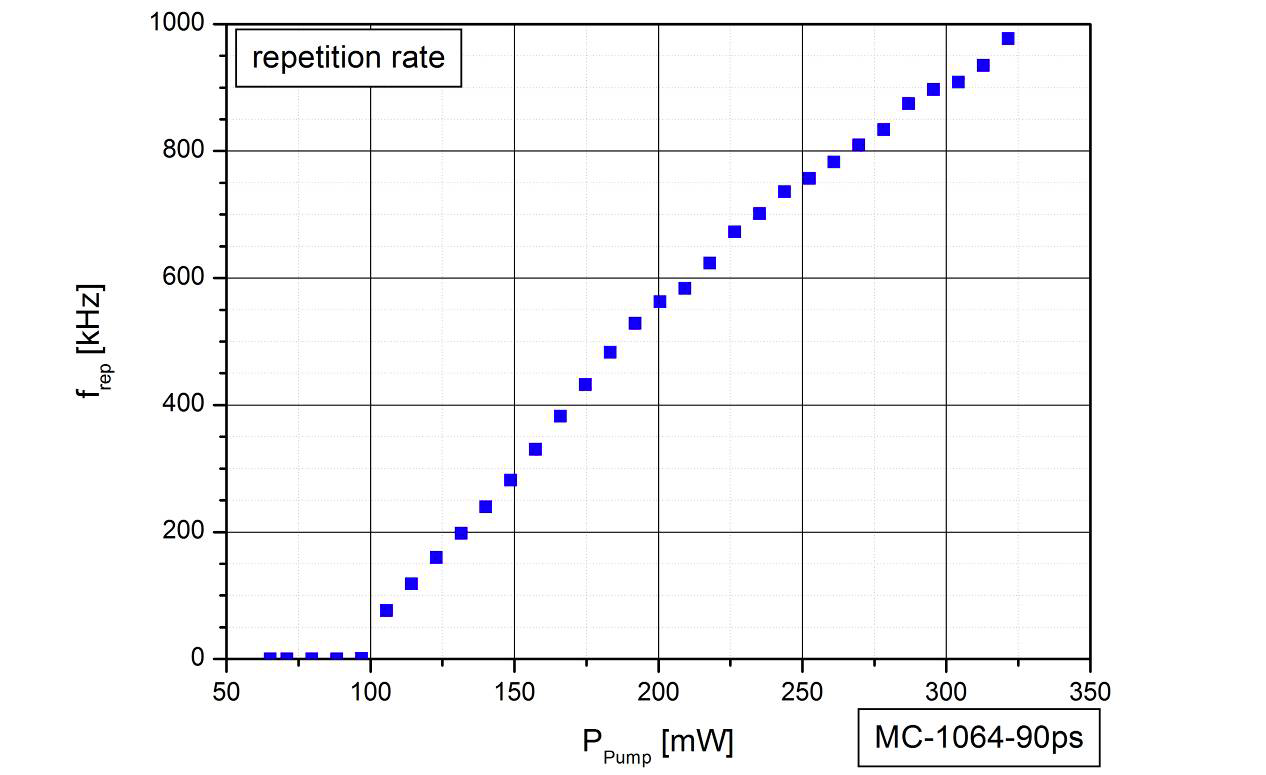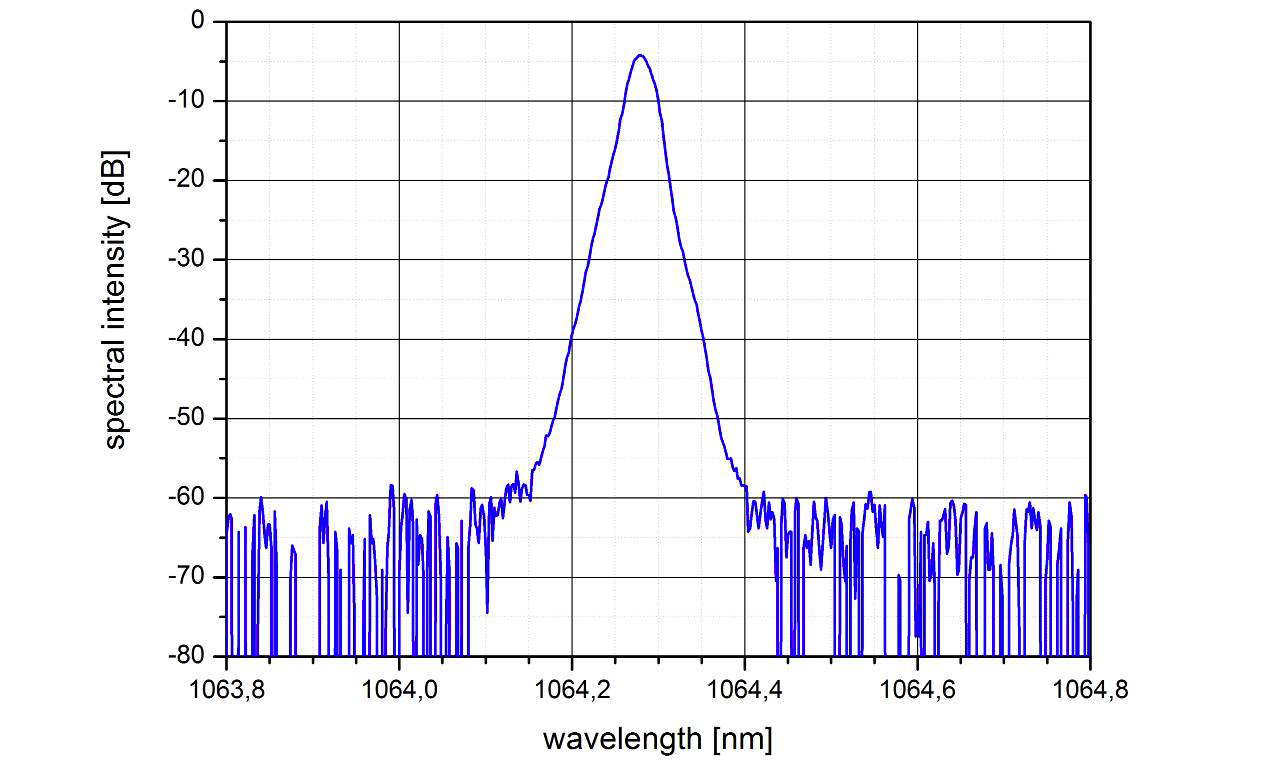反射式激光芯片
反射模式微芯片
品牌: BATOP
型号: MC-1064-100ps
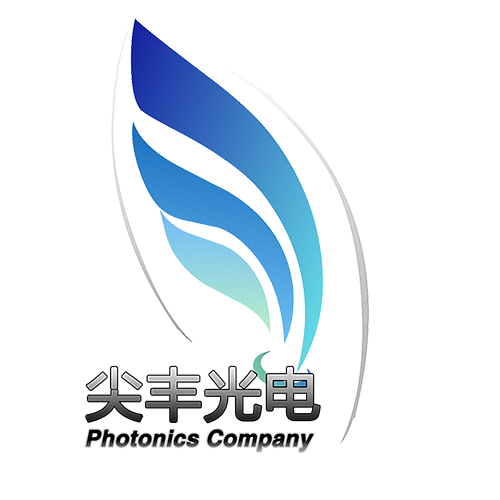
反射模式微芯片
品牌: BATOP
型号: MC-1064-100ps
BATOP GmbH成立于2003年,是一家隶属于德国耶拿大学的私人创新型公司。BATOP从事的专业领域包括:低温分子束外延技术,介质溅射镀膜,晶圆加工和芯片安装技术。在过去几年里, BATOP 已成为一个用于被动锁模激光器的可饱和吸收体的世界领先的供应商。可饱和吸收产品集合了各式各样的不同的器件,从可饱和吸收镜(SAM™),到可饱和输出镜(SOC)和用于透过应用的可饱和吸收体(SA)。迄今为止,可饱和吸收产品已经覆盖了800nm到2.6µm的常用激光波长范围。另一个产品系列是用于太赫兹发射和探测的太赫兹光电导天线(PCA)。BATOP不仅提供单带隙天线,还包括整合了微透镜的高能大狭缝交叉天线阵列和整套的太赫兹光谱仪。 太赫兹光电导天线的激发波长为800nm到1550nm之间。BATOP借助强大的研发能力来不断提高自己的产品, 我们始终和客户在一起,好的满足他们的需求。
产品介绍
MC – 反射模式微芯片(Microchip in reflection mode)
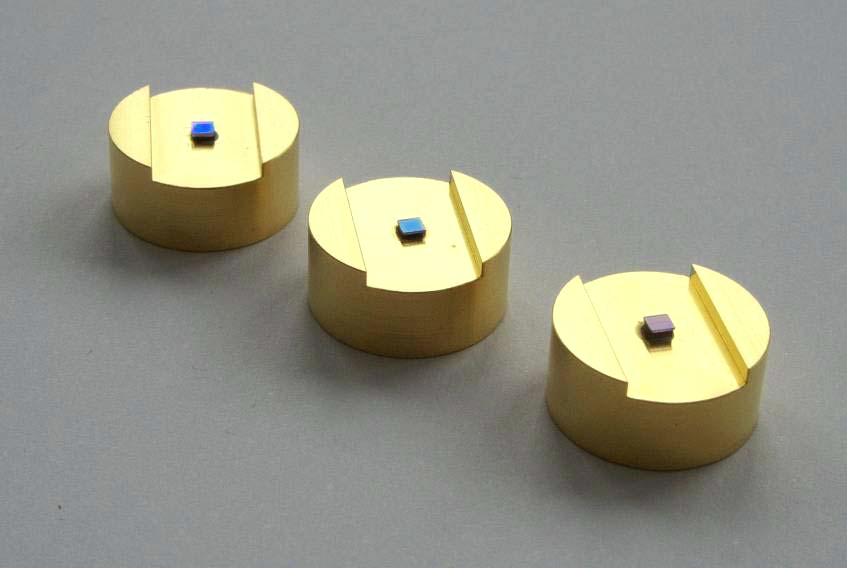
|
Part No. |
Delivery time |
Description |
|
MC-1064-100ps |
1 week |
Microchip in reflection mode |
微芯片参数:
| Parameter at T=25°C | Min. | Typ. | Max. |
| Wavelength | 806nm | 808nm | 810nm |
| Pump Power | 70 | 150mW-200mW | 300mW |
| Pump Spot Diameter | 25µm | 40µm | 60µm |
| Fluorescent Lifetime | 35 µs (3%) | ||
| Pump Absorption @ 808nm | 85% | 90% | 95% |
| Pump Power Density | 5 kW/cm2 | 24 kW/cm2 * |
| Parameter at T=25°C | Min. | Typ. | Max. |
| Laser Wavelength | 1064.0nm | 1064.3nm | 1064.6nm |
| Laser Wavelength Drift | 50 pm/100mW** | ||
| Beam Waist Diameter | 60 µm | 100 µm | |
| M2 | 1.1 | 1.3 | 1.5 |
| Pulse Energy | 15 nJ | 18 nJ | 21 nJ |
| Pulse Duration | 70ps | 100ps | 130ps |
| Differential Efficiency | 8% | 10% | 13% |
| Laseing Thresold | 100 mW | 110 mW | 120 mW |
| Polarization Extinction Ratio | 100 | ||
| frep | 75 kHz | 700 kHz | |
| Pav (150mW) | 3,0 mW | 4,0 mW | 5,0 mW |
| Pav (200mW) | 7,5 mW | 9,0 mW | 10,5 mW |
